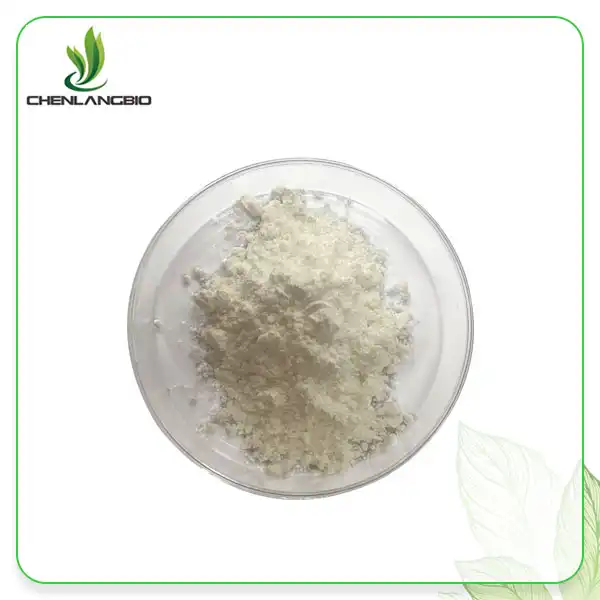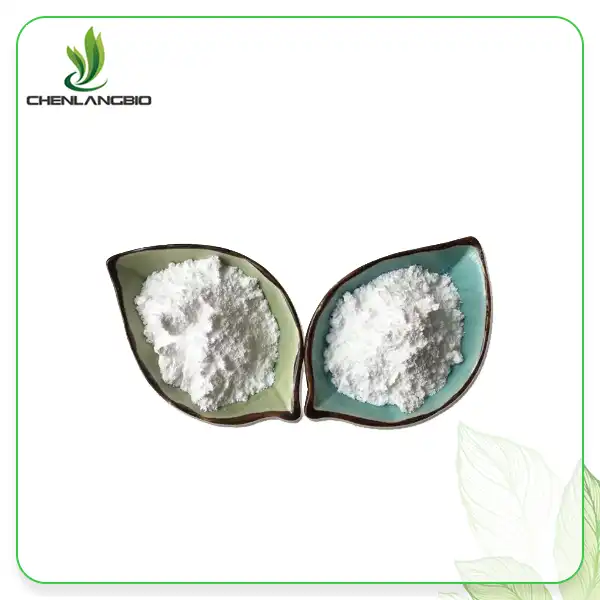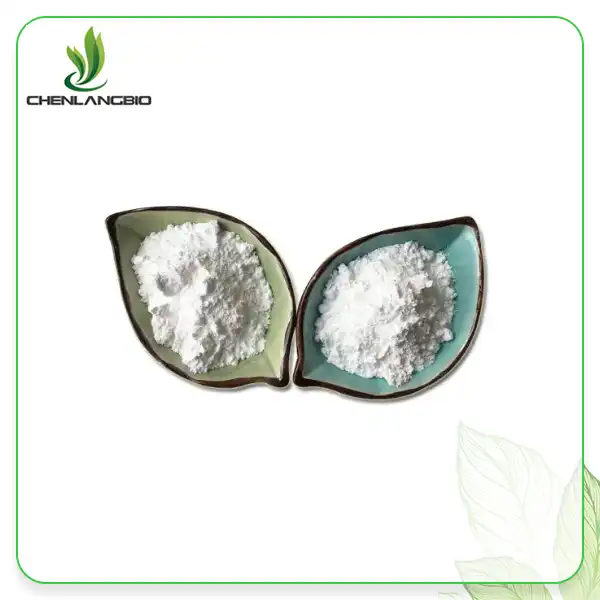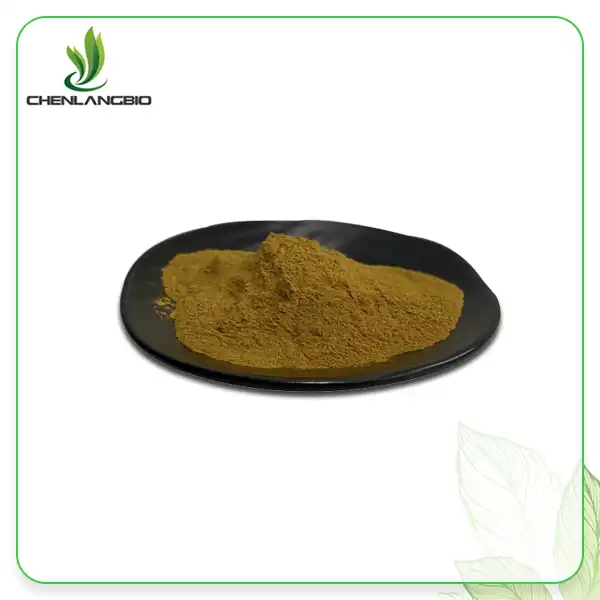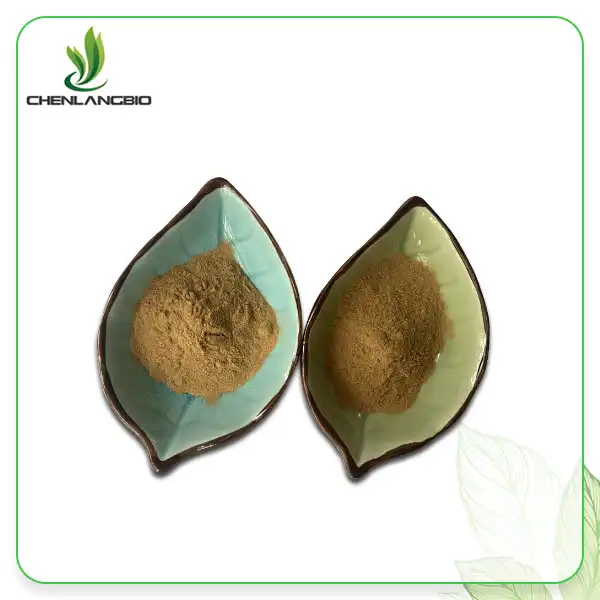How Long Does Lufenuron Take to Work
2024-06-19 11:59:12
Lufenuron is a widely used flea control medication for pets, particularly dogs and cats. It operates by inhibiting the development of flea larvae and eggs, effectively disrupting the flea life cycle. However, many pet owners wonder how long it takes for lufenuron to work and what they can expect during the treatment process.

What is Lufenuron and How Does It Work?
Lufenuron is an insect growth regulator (IGR) that prevents flea eggs and larvae from maturing into adult fleas. Unlike traditional insecticides that kill adult fleas, lufenuron targets the reproductive capabilities of fleas, thereby reducing the overall flea population over time.
Mechanism of Action
When administered to pets, lufenuron accumulates in their body fat. As fleas bite and feed on the pet, they ingest the lufenuron. This ingestion disrupts the development of chitin, a vital component of the flea exoskeleton. Without chitin, flea eggs cannot hatch, and larvae cannot develop properly, effectively breaking the flea life cycle.
Absorption and Distribution
Lufenuron is administered orally and is best absorbed when given with food. Once ingested, it is stored in the fat tissue of the pet's body. From there, it slowly releases into the bloodstream and is ingested by fleas during feeding. This method ensures that the medication provides long-lasting protection against flea infestations.
Impact on Flea Population
Because lufenuron does not kill adult fleas, its primary function is to prevent new generations of fleas from emerging. This makes it an ideal preventive measure, especially when used consistently over time. It is most effective in a comprehensive flea management program that includes environmental control and, if necessary, the use of adulticides to kill existing adult fleas.
How Long Before Lufenuron Shows Results?
Lufenuron starts impacting the flea life cycle soon after ingestion by the fleas, but because it does not kill adult fleas, the full effect may take some time to become apparent. Here is a detailed timeline of what to expect:
Initial Phase (0-2 Days): After administering lufenuron, it takes about 24 to 48 hours for the drug to be fully absorbed and begin circulating in the pet's system.
Egg and Larvae Prevention (First Few Weeks): Lufenuron works by preventing flea eggs from hatching and larvae from developing. During the first few weeks, you might still see adult fleas, but the overall flea population should start to decrease as these fleas cannot reproduce successfully.
Significant Reduction (1-2 Months): Within one to two months, you should see a notable decrease in the number of fleas. By this time, the environment will have fewer new fleas emerging, as the existing adults die off naturally without leaving behind viable eggs or larvae.
How Effective is Lufenuron Compared to Other Flea Medications?
Does Lufenuron Kill Adult Fleas?
No, lufenuron does not kill adult fleas. It works by interrupting the flea life cycle, making it a preventive measure rather than an immediate solution for existing infestations. For active infestations, lufenuron is often combined with adulticides like fipronil or spinosad to kill adult fleas and provide immediate relief.
How Does Lufenuron Compare to Other Flea Medications?
Lufenuron (Program):
Mechanism: Inhibits chitin synthesis, preventing flea eggs and larvae from developing.
Use: Best for preventing infestations and long-term control.
Limitation: Does not kill adult fleas, requiring combination with other treatments for immediate relief.
Fipronil (Frontline):
Mechanism: Kills adult fleas and ticks by affecting their nervous system.
Use: Effective for quick relief from active infestations.
Limitation: Needs to be applied more frequently for ongoing prevention.
Spinosad (Comfortis):
Mechanism: Kills fleas through neurotoxic action.
Use: Rapidly effective for severe infestations.
Limitation: Can be more expensive and may cause side effects in some pets.
Selamectin (Revolution):
Mechanism: Kills a broad range of parasites, including fleas, ticks, and worms.
Use: Suitable for multi-parasite protection.
Limitation: May not be as effective for heavy flea infestations alone.

Side Effects and Considerations
Are There Any Side Effects?
Lufenuron is generally safe, but potential side effects include gastrointestinal upset (vomiting, diarrhea), lethargy, and skin reactions. Severe allergic reactions are rare but can occur, especially in pets with pre-existing conditions like heartworm disease.
Safety Precautions
Heartworm Testing: Dogs should be tested for heartworm before starting lufenuron-based products due to the risk of severe reactions.
Administration: Lufenuron should be given with food to enhance absorption and minimize gastrointestinal upset.
Conclusion
Lufenuron is a highly effective flea control medication that works by preventing the reproduction and maturation of fleas. While it does not kill adult fleas, it is an excellent preventive measure that can significantly reduce flea populations over time when used consistently. For immediate relief, combining lufenuron with an adulticide is recommended. Always consult with a veterinarian to ensure the best treatment plan for your pet. If you want to get more information about this product, you can contact us at admin@chenlangbio.com
References
Davis, R. B. (2020). Lufenuron: The Miracle You May Have Forgotten. DVM360. Retrieved from dvm360
Miller, T. (2018). Lufenuron. VCA Animal Hospitals. Retrieved from VCA Animal Hospitals
Johnson, A. P. (2021). Lufenuron Technical Profile. Virbac. Retrieved from Animal Health International
Smith, D. (2019). Flea Control for Dogs: A Comprehensive Guide. PetMD. Retrieved from PetMD
Turner, L. (2022). Comparing Flea Medications: What You Need to Know. PetMD. Retrieved from PetMD
Johnson, K. (2017). Program Flea Control: A Veterinary Guide. Pet Informed. Retrieved from Pet Informed
Anderson, S. (2018). Sentinel Flavor Tabs Review. Chewy. Retrieved from Chewy
Brown, R. (2020). Flea Control and Heartworm Testing. Puppadogs.com. Retrieved from Puppadogs.com
American Veterinary Medical Association. (2019). Flea Control in Pets. Journal of the American Veterinary Medical Association. Retrieved from AVMA
Wikipedia contributors. (2021). Lufenuron. In Wikipedia, The Free Encyclopedia. Retrieved from Wikipedia
Send Inquiry
Related Industry Knowledge
- How Does Serrapeptase Powder Ensure Superior Enzyme Stability?
- Bulk Dimethylmethoxy Chromanol for Cosmetic Formulations
- What is Ectoin Made of
- How Does Loratadine Affect the Brain
- Is Sepiwhite Powder Safe For Long-Term Use
- Are Beta Carotene Supplements Safe
- Cnidium Monnieri Extract Benefits
- What is Diosmin Powder Good For
- What is Ashwagandha Extract Withanolides
- What Benefits of Spine Date Seed Extract Powder


